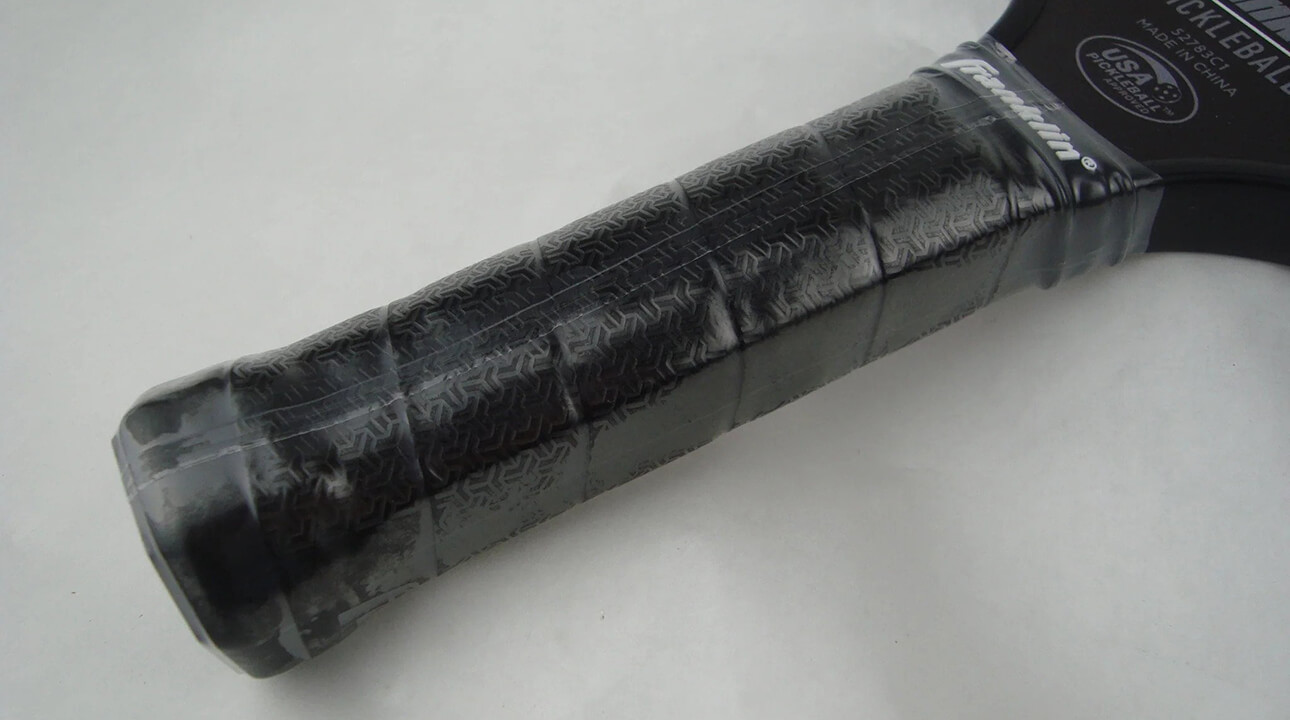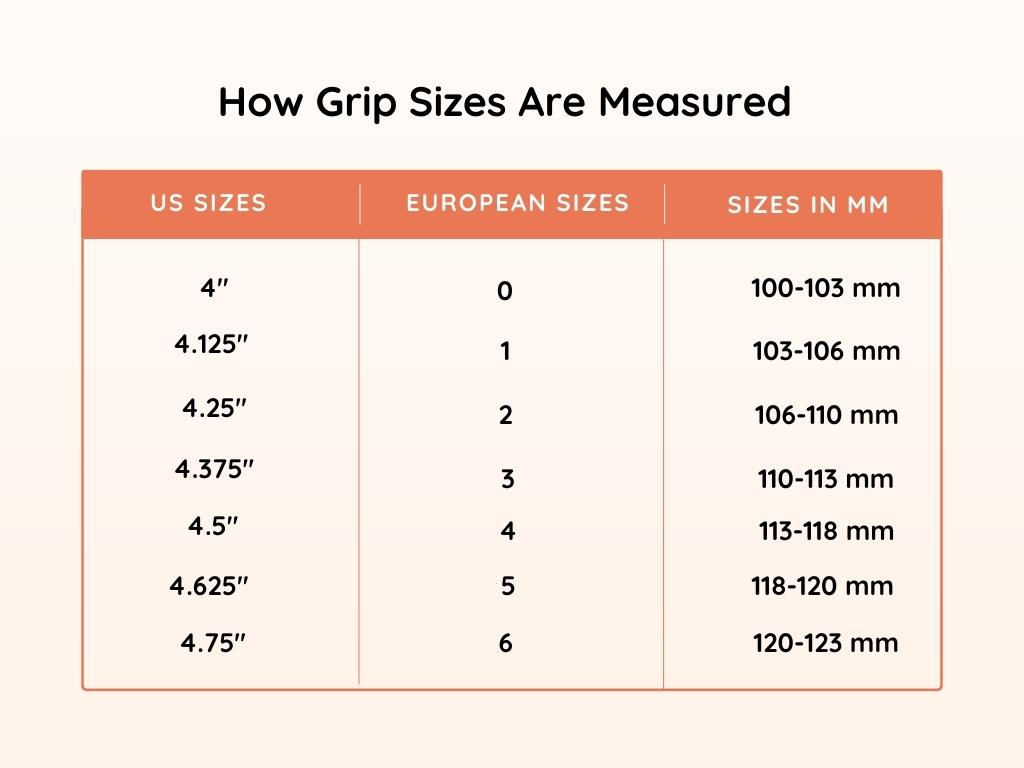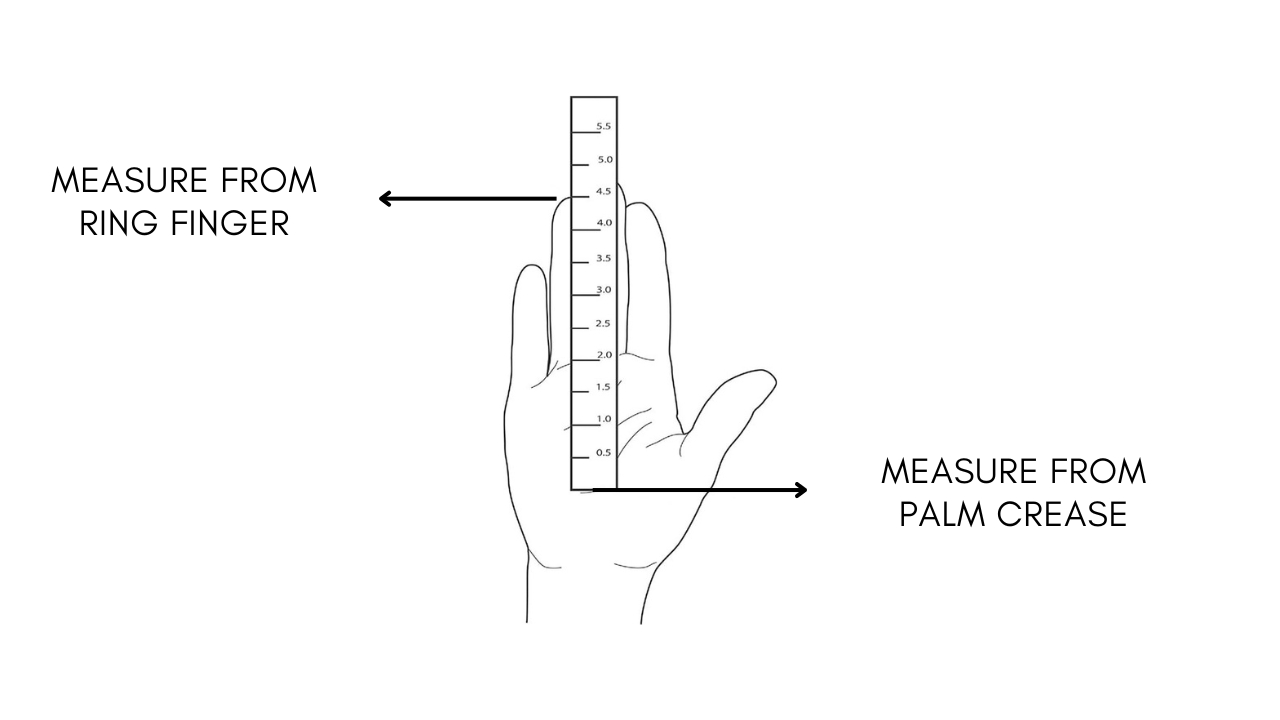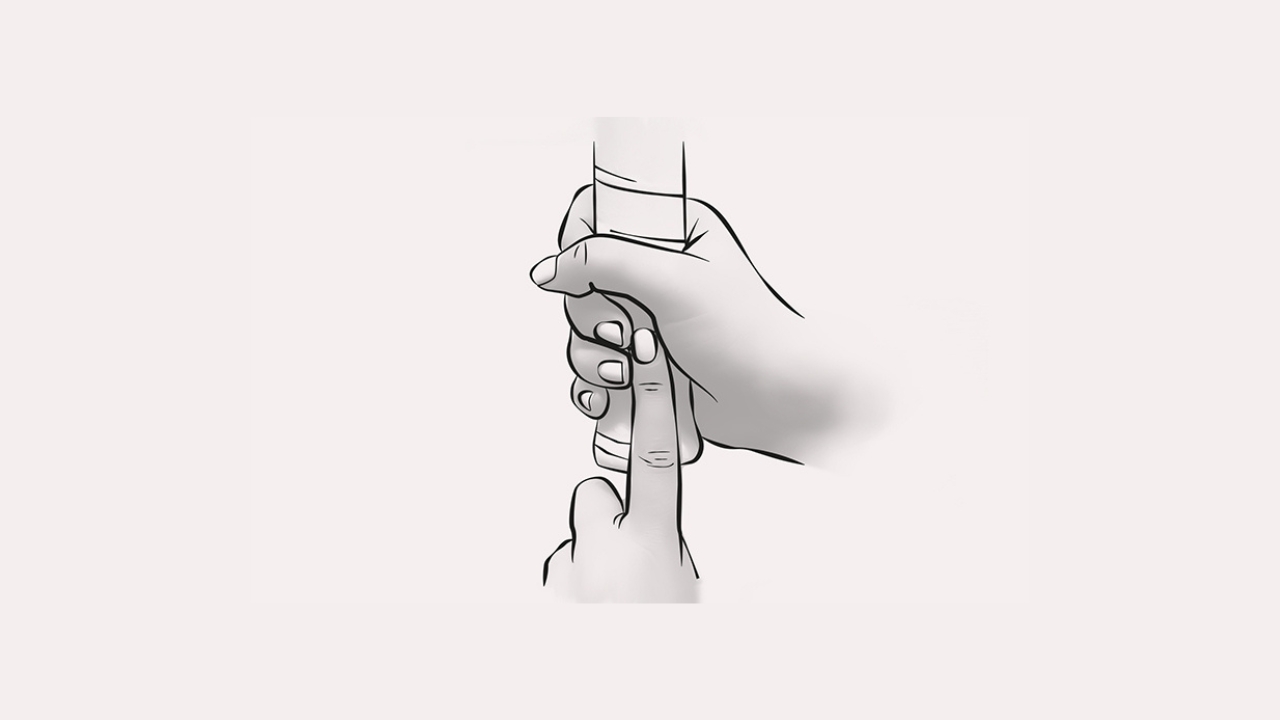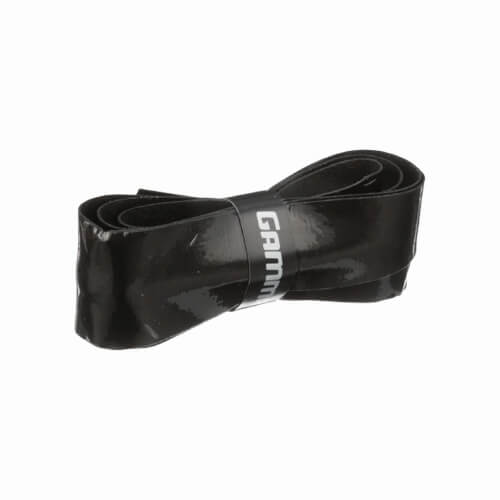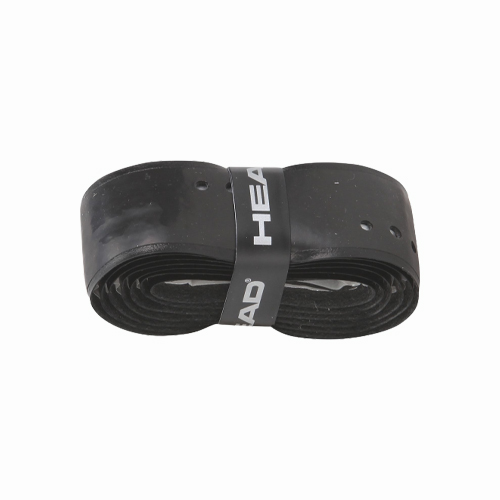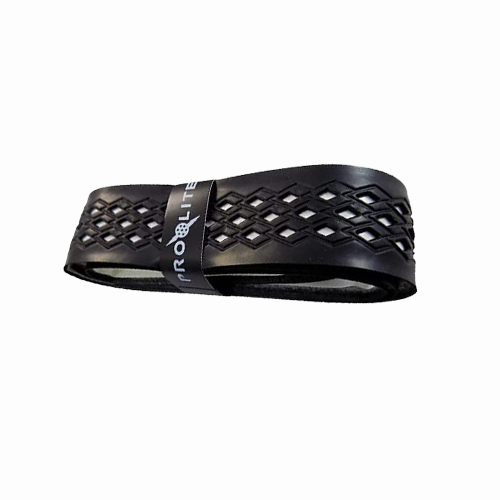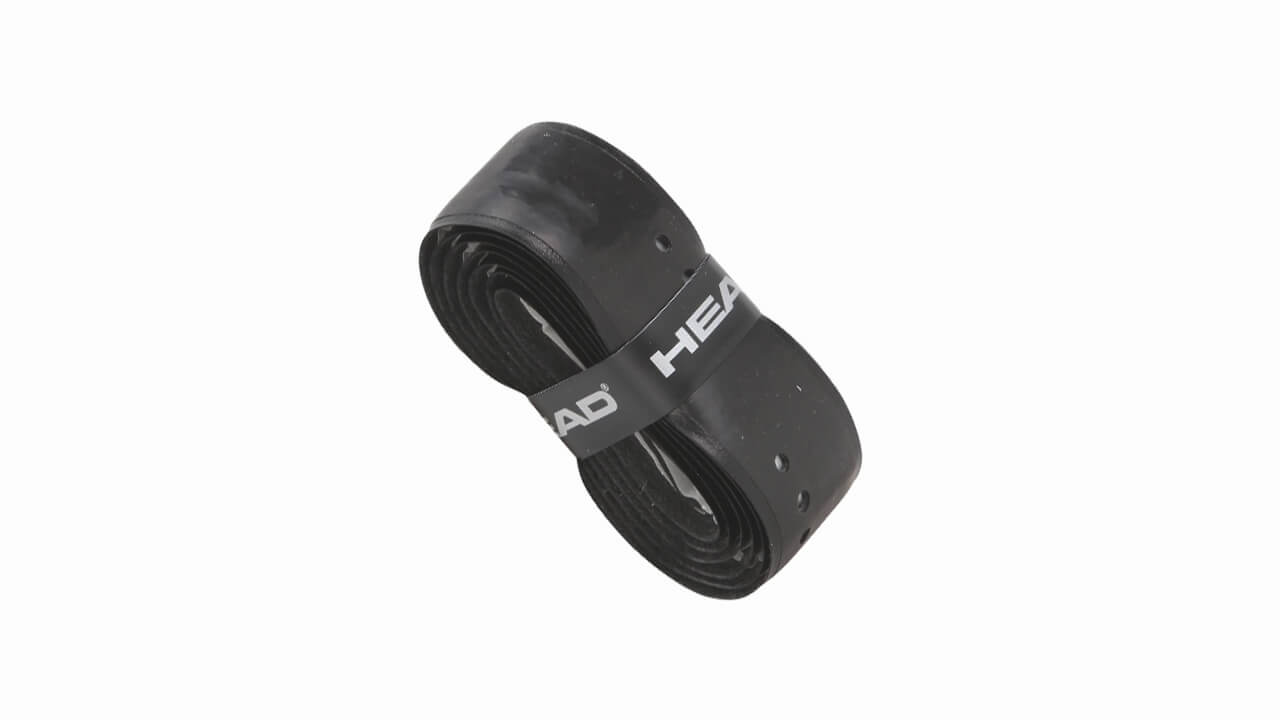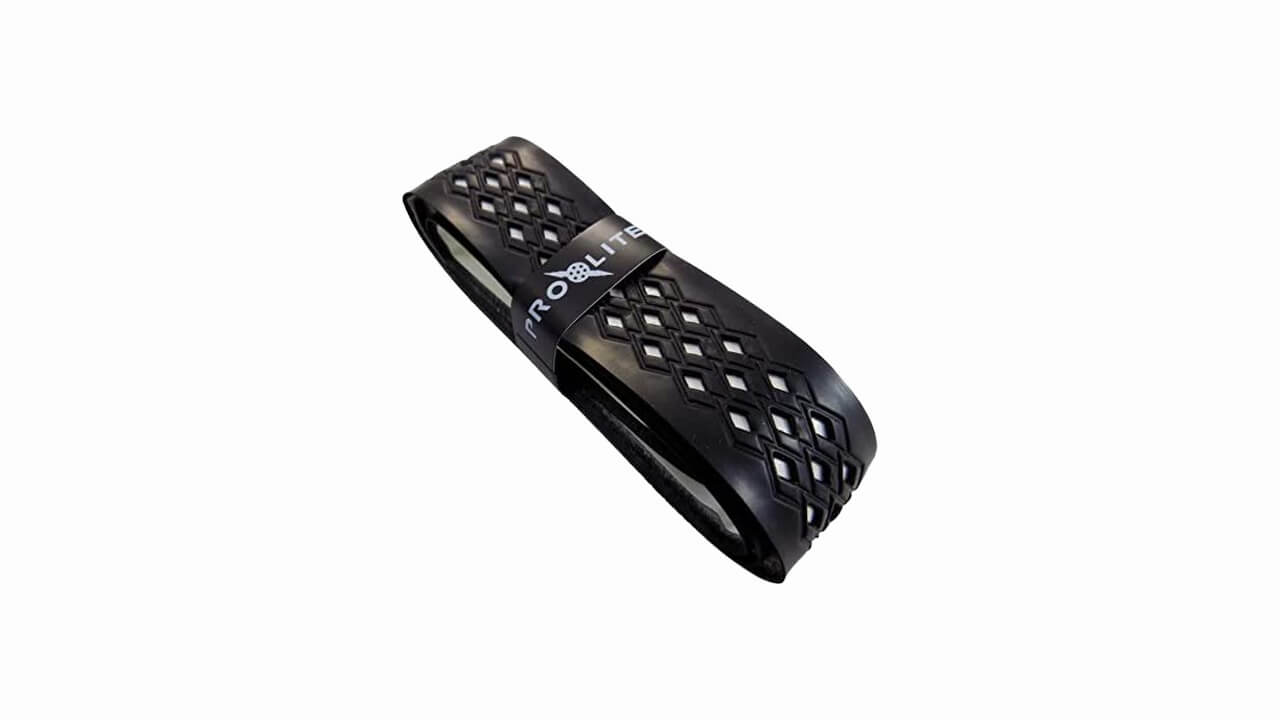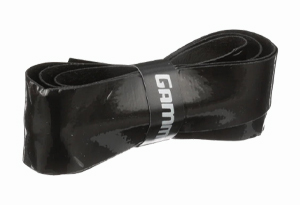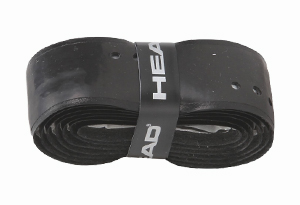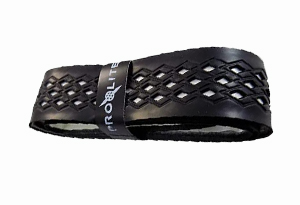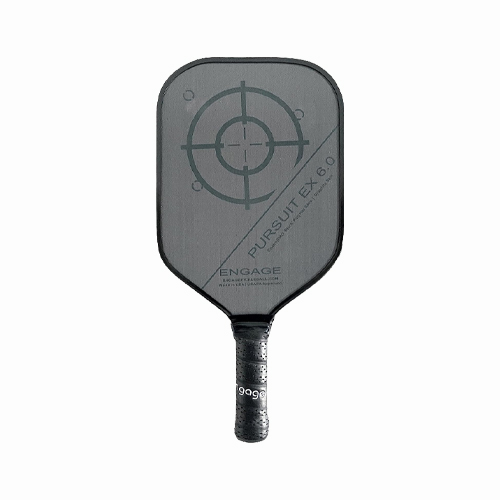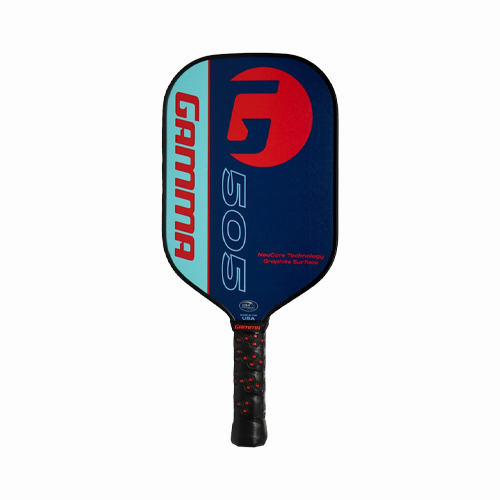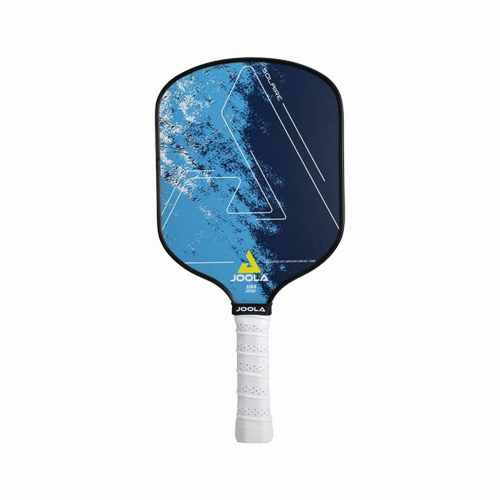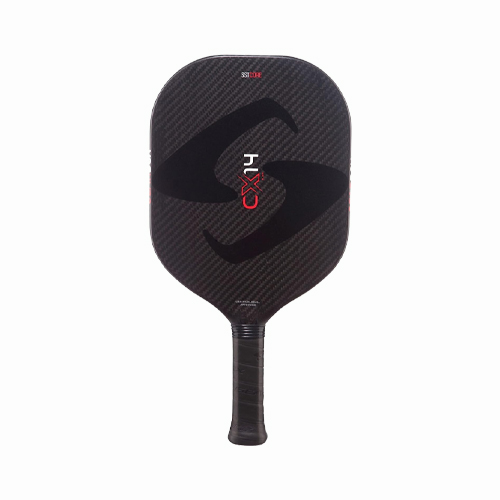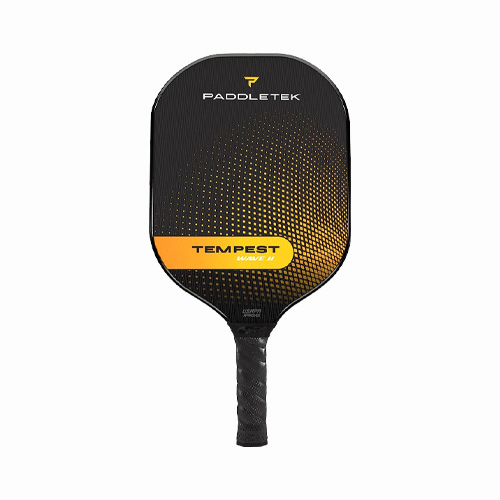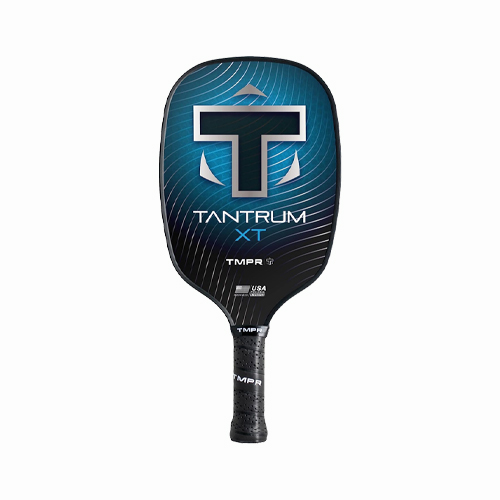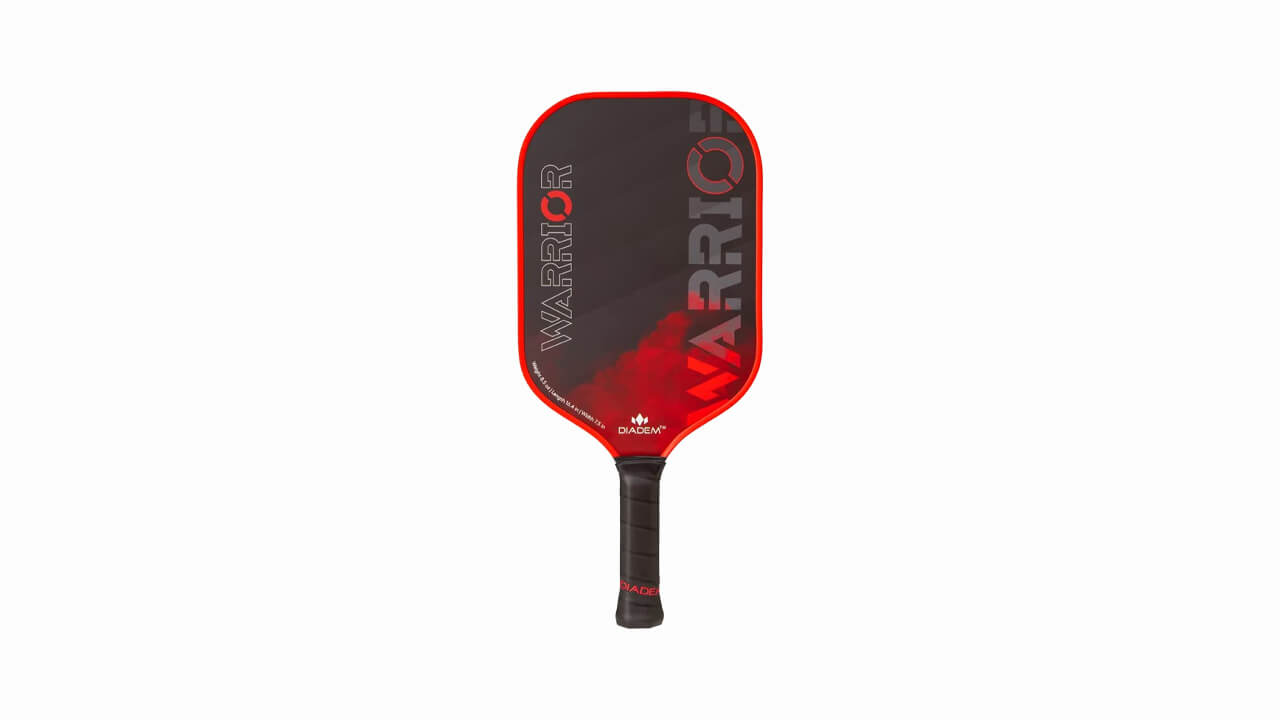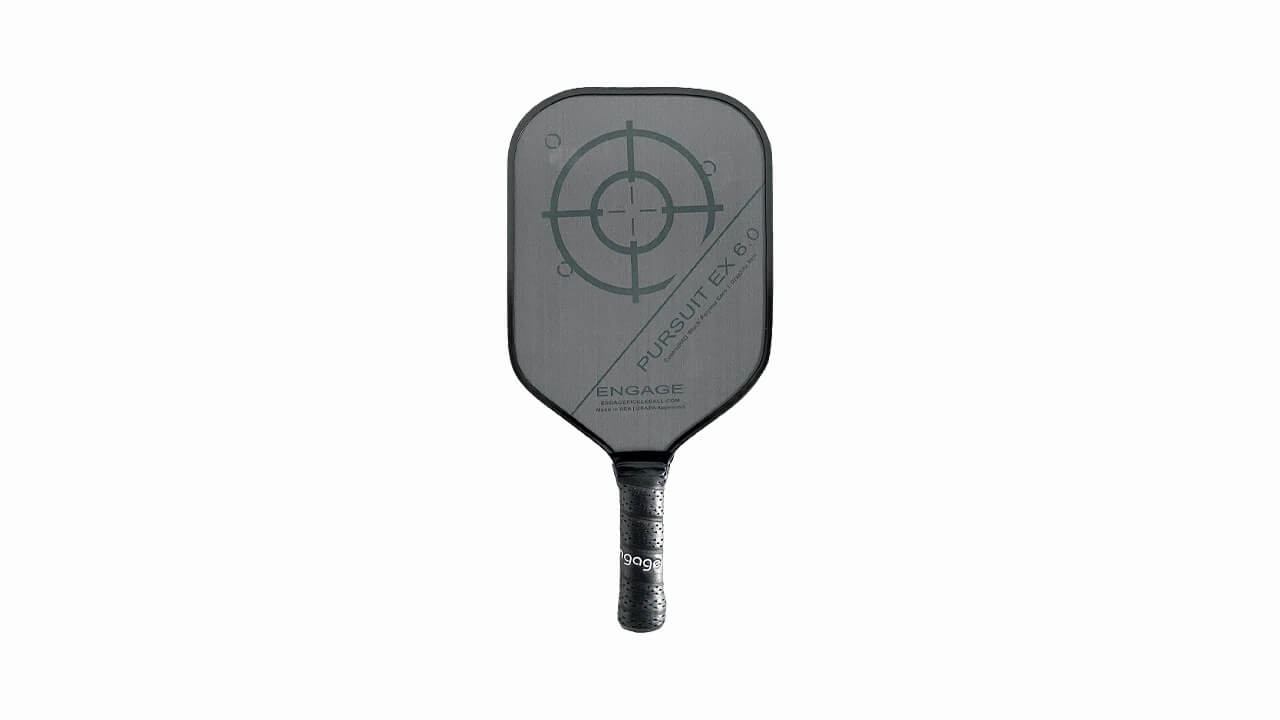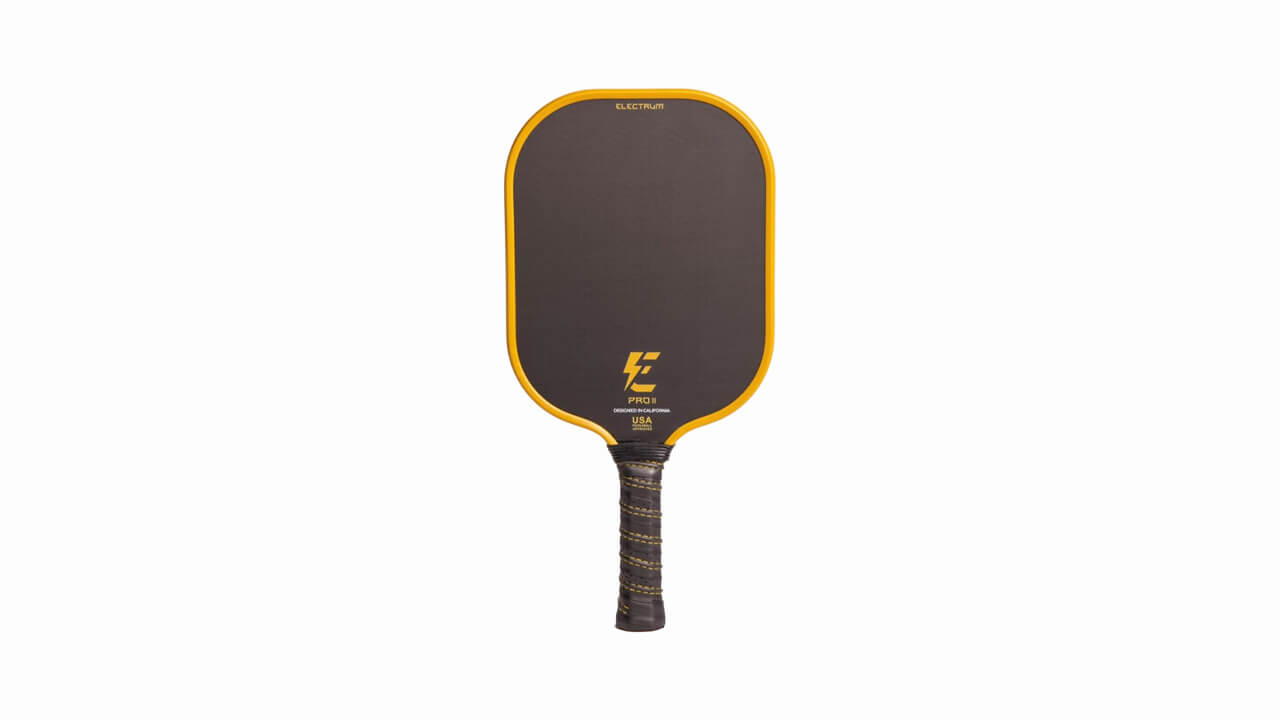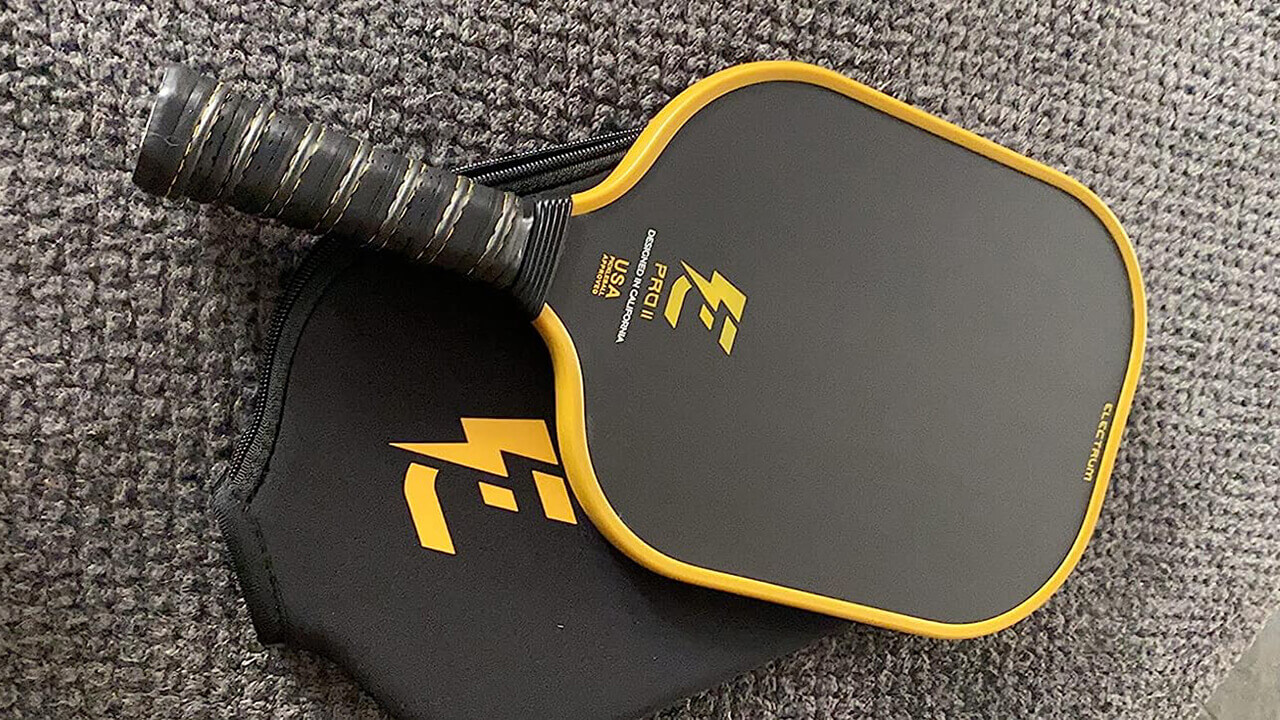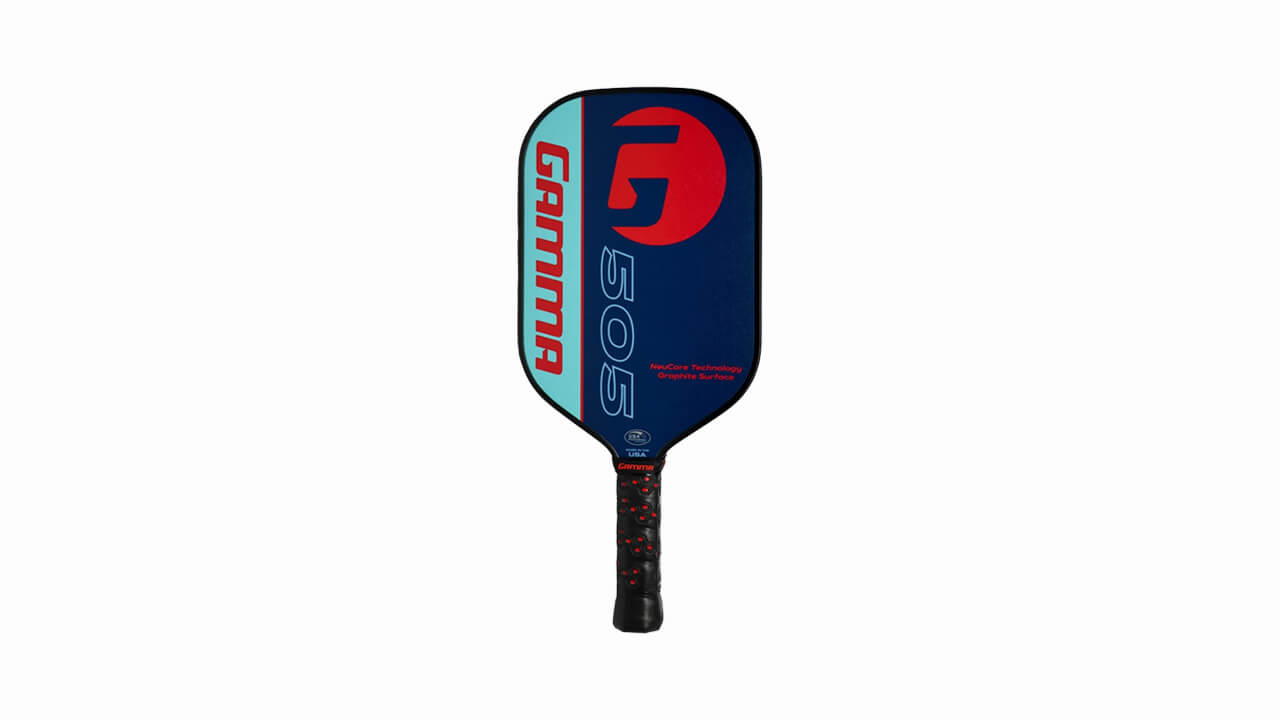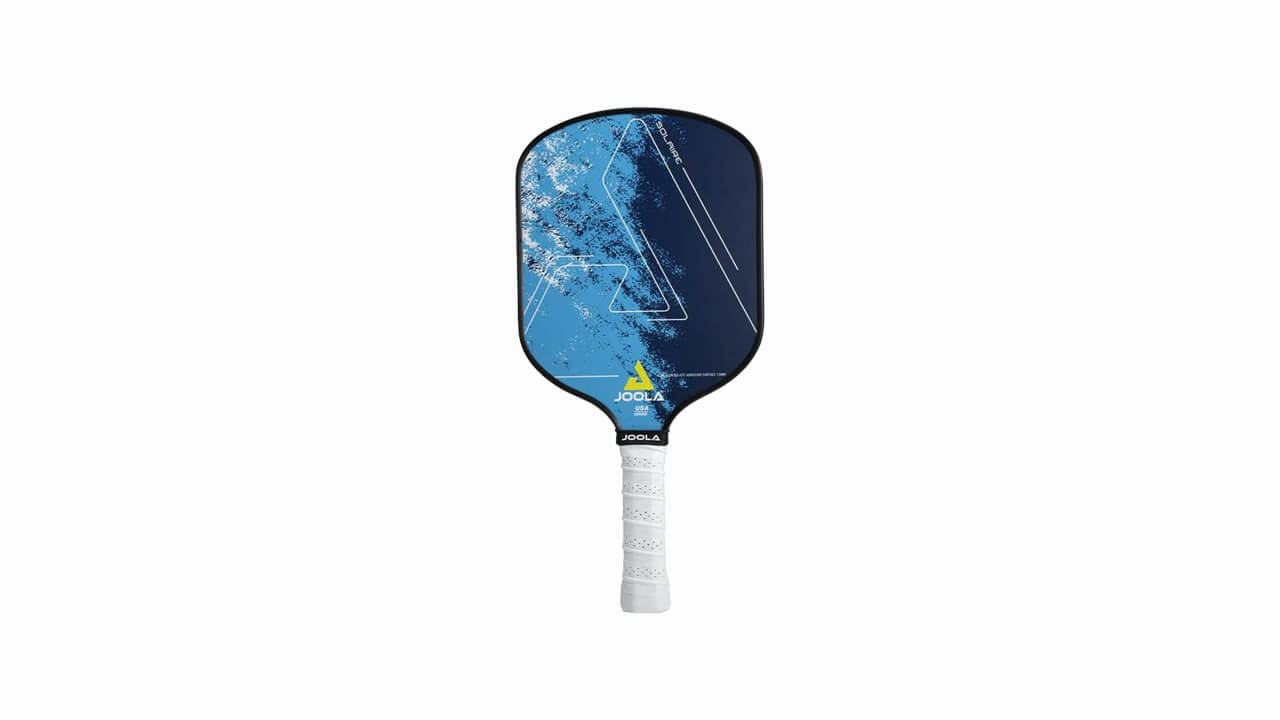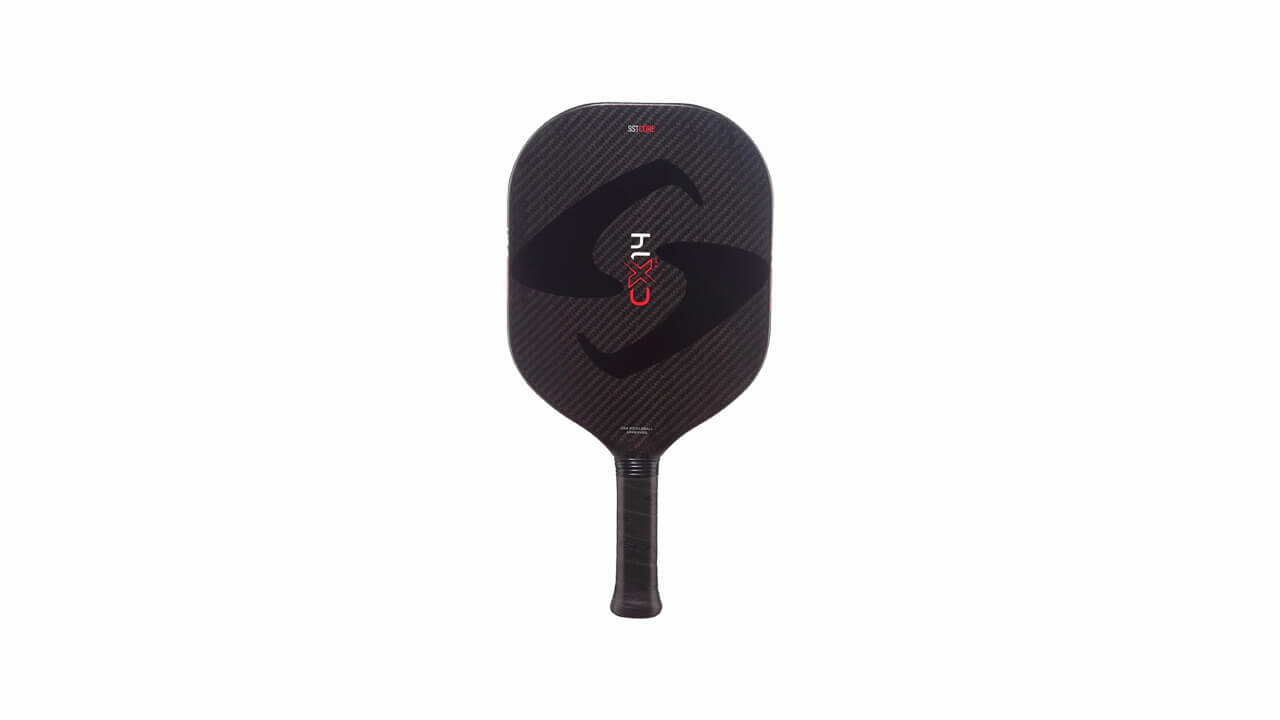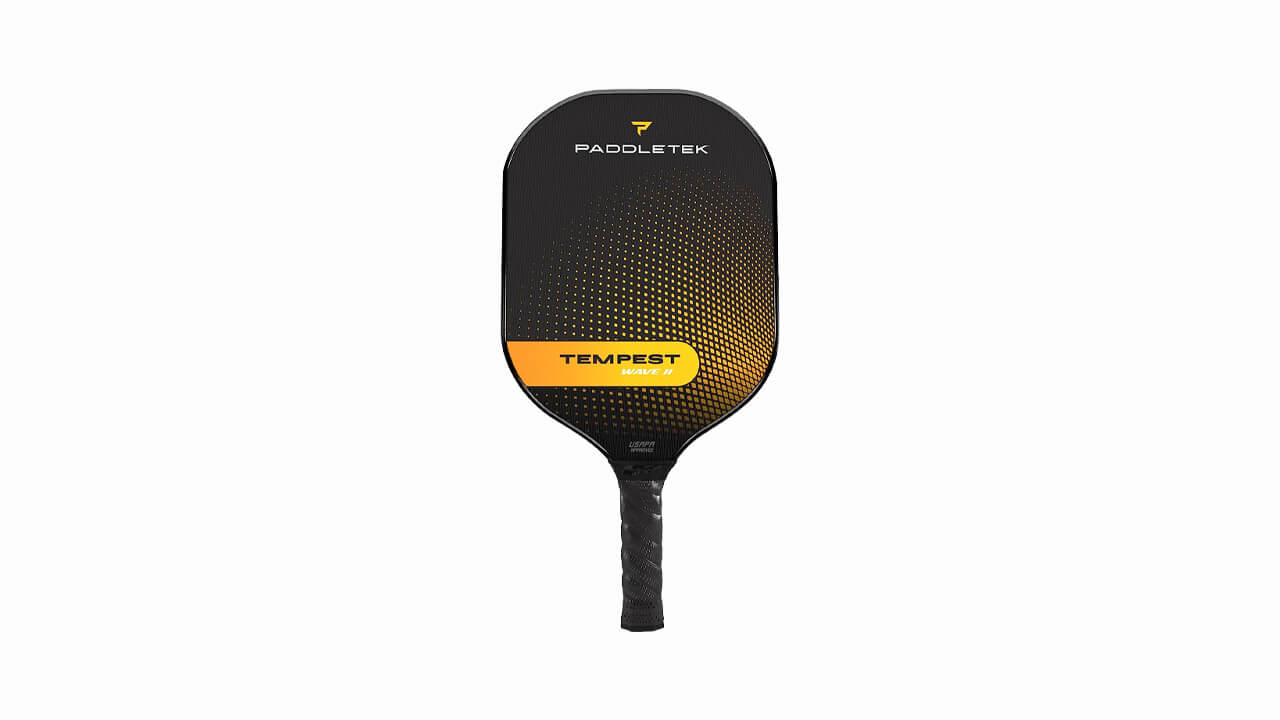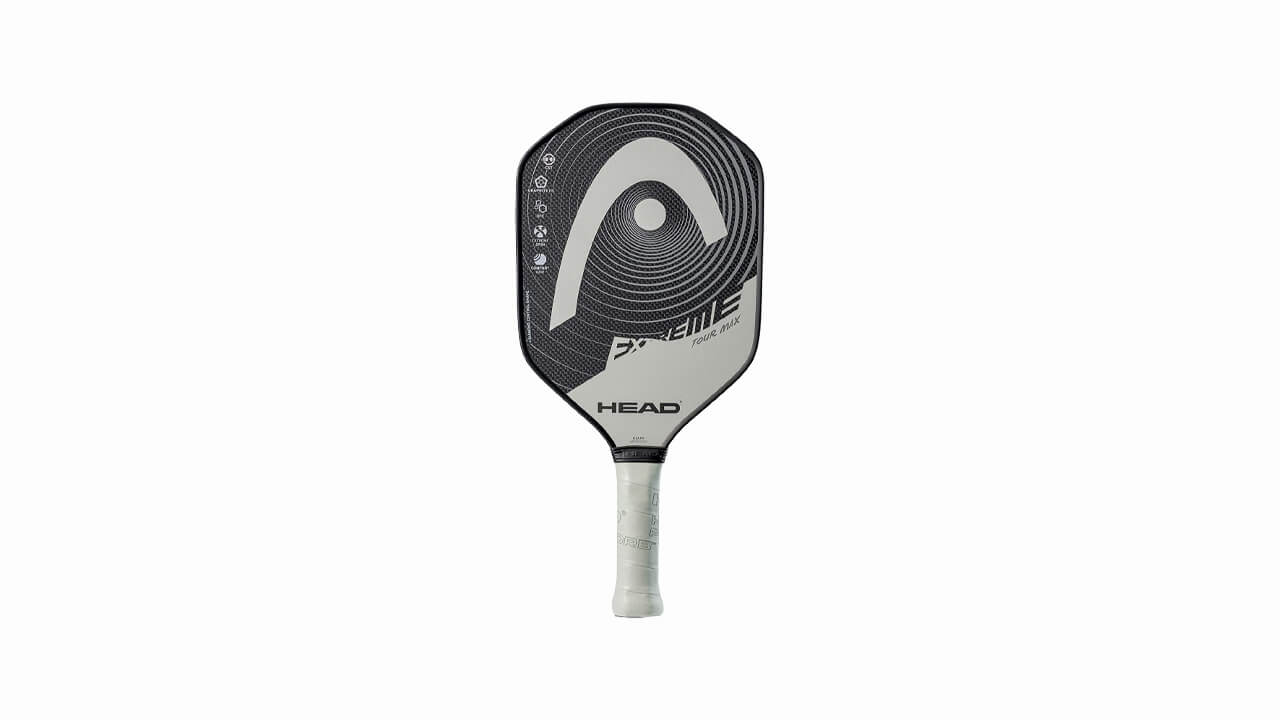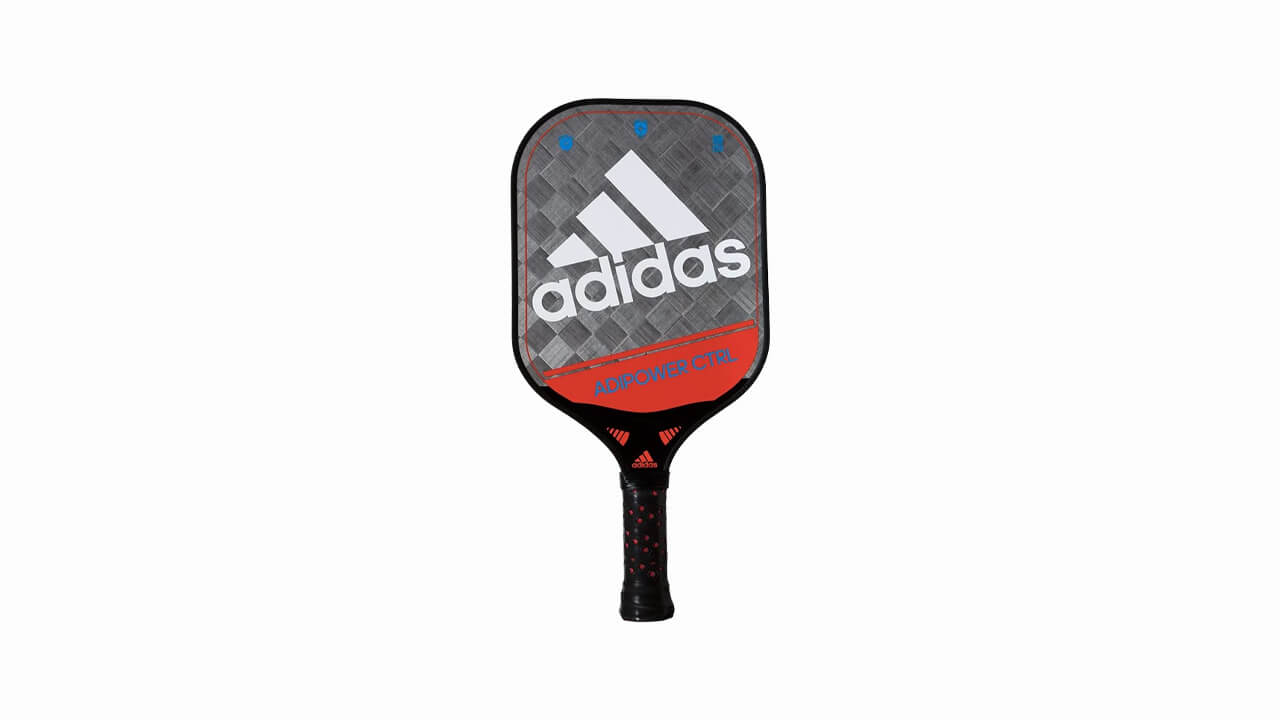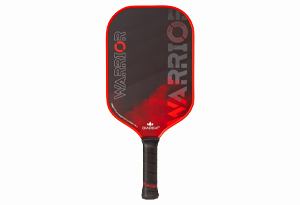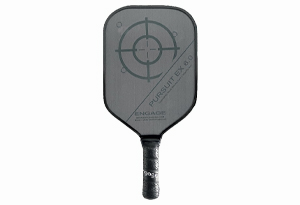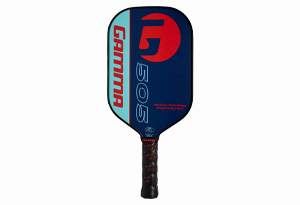How To Regrip Your Pickleball Paddle?
Here, I have brought you a step-by-step guide to how to regrip your pickleball paddle, which will help you improve your strokes.
Regripping is something that any pickleball should know. You don’t have to rush to any closer pickleball store each time you feel like the grip is pinching or becoming loose, as with a few simple tools, you can do it each time, whenever and wherever you want. I carry these tools in my pickleball bag and can regrip my paddle’s handle whenever I feel like it. The process is not that difficult and takes a few minutes if done with dedication.
You surely don’t want to keep using a paddle you cannot hold properly. My pickleball paddle usually used to slip out of my hands. This issue persisted with many different paddle brands. A fellow pickleball player suggested using an overgrip to enhance the sweat absorption of my paddle handle. Since then, I have been obsessed with regripping my paddle handle. Here is a step-by-step guide to how to regrip pickleball paddle.
Why Is Regripping Important?
Regripping is not done only while replacing an outworn grip but also becomes necessary if the placement of the player’s hand does not match the handle size. You don’t have to quit using your favorite pickleball paddle just because of the handle; you can overgrip it to increase the handle size as much as you want. All you have to take care of is your overlapping technique.
The more you roll the tapes over each other, the more the circumference increases. The inner shaft of the handle is not made up of comfortable material. You need to have tape that provides a better grip and a much softer feel. This is only possible with good gripping material. If your paddle gripping tape is thin, get an overgrip tape and roll it over the original gripping tape provided by the manufacturers.
If you do not like the over-cushioning results from the over-grip, replace the original one with a new one with better and thicker cushioning on the inner side. For players with a comparatively larger hand size compared to the standard size, over-gripping will provide a perfect circumference for the handle to fit in your hands. Hence, you will have a better pickleball paddle grip size to perform your best.
Paddle Replacement Grip Vs Overgrip
| Feature | Replacement Grip | Overgrip |
|---|---|---|
| Primary Purpose | To replace the original grip | To be wrapped over the existing grip. |
| Thickness | Thicker, as it’s meant to be the main grip | Thinner, designed not to add much bulk. |
| Cushioning | Offers more cushioning for comfort and shock absorption. | Less cushioning focuses on enhancing grip and feel. |
| Durability | More durable as it’s designed to be a long-term solution. | It is less durable and often needs more frequent replacement. |
| Installation | Requires removing the old grip; more involved process. | It is easier to apply and can be wrapped over the current grip. |
| Texture | It varies but generally provides a good balance of tackiness and comfort. | Often more tacky to ensure a better grip over an existing one. |
| Feel and Control | It can significantly change the paddle’s handle feel and control. | Adds minimal change to the feel, maintaining the original grip’s characteristics. |
| Weight Impact | It can affect the paddle’s weight and balance more noticeably. | Minimal impact on the paddle’s weight and balance. |
| Customization | Limited customization as it fully replaces the existing grip. | Allows for more customization in terms of layering and feel. |
| Ideal For | Players need to renew their paddle’s grip completely. | Players are looking for extra grip without major changes to the handle. |
Materials Required For Regrip
- An Overgrip or Regrip
- Electrical Tape
- Scissors
- A Clean Piece Of Cloth
Step By Step Guide For Regriping Pickleball Paddle
- First, examine your pickleball handle to determine whether it needs an overgrip or a regrip. If the original grip has become quite old and fails to provide the comfort and resistance it used to provide, you need to grab a regrip for it. On the other hand, if fitting and circumference size are an issue, you can go for an overgrip.
- Once you have identified which grips you need, the next step is to get the tools and pickleball paddle you need to regrip.
- You might need to clean any debris, oil, or moisture off the original regrip as it can affect the adhesive power of the overgrip. In case of a regrip, you don’t have to go through this step; you must remove the original grip before rolling the regrip over the handle.
- Now, you must take the overgrip or re-grip and remove the plastic sheet provided for protection. Don’t forget to remove it from the other side, too.
- You will notice a small adhesive tape at one end of the grip. This might provide you with the support you need, and you can easily trust the stability of the overgrip. Hold the adhesive, remove the paper, and stick it on the lower end of the paddle. Ensure it is placed in the correct position, as it acts as a starting point and might lead to the rolling over of the overgrip. You must wrap the end cap so the pickleball paddle grip tape overlaps it.
- Now, you must pull the overgrip with one hand and twist the paddle so the overgrip rolls over the handle correctly. Ensure that the angle and the speed remain the same as you move toward the throat. If you change the angle, the overlapping will not be the same. This will lead to uneven circumference.
- When you have reached the upper end of the handle, pick your scissors and the extra length evenly. Make sure not to cut the pickleball grip tape shorter than required.
- The last but most important step is securing the grip tape with electrical tape. Roll over the end of the grip tape for pickleball paddles so that one end of the electrical tape comes over it. The other end of the electrical tape should come over the throat of the paddle. Cut the electrical tape.
- Now, you can enjoy a better grip on your pickleball handle.
Frequently Asked Questions
Can You Use A Tennis Overgrip On A Pickleball Paddle?
Yes, you can, but you might have some extra overgrip length. You will have to cut it off. This extra length can be used next time while regripping the handle. Both have plastic material and comfortable material used. The extra length of the tennis overgrip can be comparatively difficult to handle while rolling over the pickleball handle.
How To Fix A Broken Pickleball Paddle Handle?
Fixing a broken paddle handle is very challenging as by doing that, you can only extend the paddle’s life up to 2 to 3 months. Unfortunately, there is no solution to a broken paddle handle. Buying a new paddle instead of repairing the broken one is advisable.
How To Replace Pickleball Paddle Grip?
To replace the pickleball paddle’s grip, first unwind and remove the old paddle’s grip carefully with the help of a scissor. Now unroll the new grip and start gripping the handle’s butt end tightly. Overlap each turn slightly and secure the end with tape or an adhesive strip. Your paddle is ready to use with the new paddle’s grip.
Conclusion
I hope you know how to regrip your pickleball paddle to have a better grip, more cushioning, and better resistance than before. You no longer have to stop making an impactful stroke because of the fear of losing the grip and hitting the opponent on the head. Change any pickleball paddle grip’s circumference to improve your stroke style.
Other Related Posts:
- Pickleball Dimensions
- Best Pickleball Sneakers
- How To Choose Pickleball Paddle?
- How Is Pickleball Different From Tennis
- Pickleball Paddles For Women

I, Jeena Noven, am a renowned pickleball expert and author with over 10 years of experience playing and coaching the sport. My passion and extensive knowledge of pickleball has made me a leading authority in the game, particularly in the field of footwear. I have written countless articles for https://pickleballcard.com/, a website dedicated to pickleball, sharing my insights and expertise on the best shoes for the sport. Through personal testing and reviewing countless different brands and styles, I have developed a deep understanding of the technical aspects of shoe design that make them suitable for the demands of pickleball. In my articles, I provide valuable information for both beginner and advanced players, covering everything from the basics of shoe fit and support, to advanced tips for maximizing performance on the court. As a dedicated pickleball player and expert in footwear, I am a valuable resource for players of all levels. My articles are not only informative but also engaging, making them a must-read for anyone looking to improve their pickleball game. I am constantly researching new products and trends in the industry and my readers can always count on me to provide the most up-to-date and accurate information on the best pickleball shoes available.
